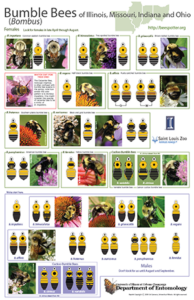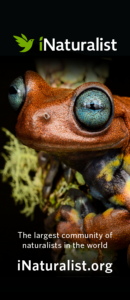Community Science
Community Science, also commonly referred to as citizen science, is the practice of conducting scientific work by the public. Scientific practices are in partnership with universities or scientific organizations. Invaluable data and feedback are collected community-wide as a contribution to vital research involving our natural world.

BeeSpotter
BeeSpotter is a partnership between citizen scientists and the professional science community designed to educate the public about pollinators by engaging them in a data collection effort of importance to the nation. It is a web-based portal at the University of Illinois for learning about honeybees and bumble bees and for contributing data to a nationwide effort to collect baseline information on the population status of these insects.
The thumbnail links to a downloadable pdf file.
Pollinator Pockets
Do your part to save the pollinators—the bees, butterflies, moths, and other insects critical to our food supply and human survival.
Plant a “pocket” of flowers that attract and nurture pollinators in your yard. The pollinator pockets described on this site will make it easy to select, plant, and maintain.
You may not realize that manicured lawns, exotic plantings, and enticing hybrids and cultivars often provide no value to pollinators. By placing pollinator pockets into your landscape, you provide an oasis for pollinators. Now that is sweet!
The thumbnail links to a downloadable pdf file.
iNaturalist
One of the world’s most popular nature apps, iNaturalist helps you identify the plants and animals around you. Get connected with a community of over a million scientists and naturalists who can help you learn more about nature! What is more, by recording and sharing your observations, you will create research-quality data for scientists working to better understand and protect nature. iNaturalist is a joint initiative by the California Academy of Sciences and the National Geographic Society.
The thumbnail links to a downloadable pdf file.
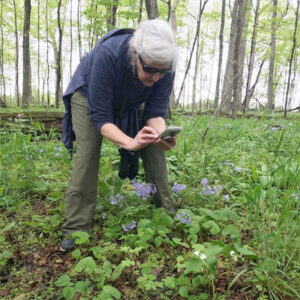
Monarch Watch

Monarch Watch strives to provide the public with information about the biology of monarch butterflies, their spectacular migration, and how to use monarchs to further science education in primary and secondary schools. We engage in research on monarch migration biology and monarch population dynamics to better understand how to conserve monarch migration. We also promote the protection of monarch habitats throughout North America.
Firefly Watch
Firefly Watch combines an annual summer evening ritual with scientific research. Join a network of community scientists around the country by observing your own backyard and help scientists map fireflies. Are firefly populations growing or shrinking, and what could lead to changes in their populations? Mass Audubon has teamed up with researchers from Tufts University to track the fate of these amazing insects. With your help, we hope to learn about the geographic distribution of fireflies and what environmental factors impact their abundance.
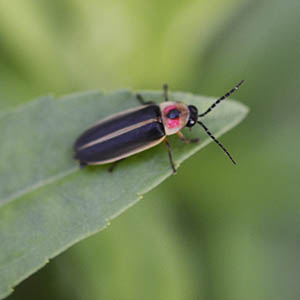
Project Wingspan
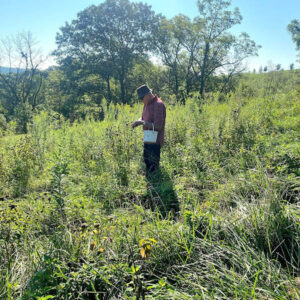
Project Wingspan (PW) is a three-year landscape-scale project supported by grants from the National Fish and Wildlife Foundation to the non-profit the Pollinator Partnership. Pollinator Partnership is working with a coalition of partners and dedicated volunteers to increase the quality, quantity, and connectivity of pollinator habitats across the Midwest and Great Lakes Region to support imperiled native pollinators and the vital habitat they depend on.
Project Wingspan seeks to increase monarch and rusty patched bumble bee (RPBB) habitat by building off the success of our last NFWF grant-funded project (Monarch Wings Across the Eastern Broadleaf Forest—MWAEBF) and by engaging public land managers and private land stewards throughout the 9-state target region of Arkansas, Illinois, Indiana, Michigan, Minnesota, Missouri, Ohio, Pennsylvania, and Wisconsin through a series of monarch habitat enhancement activities with the goal of enhancing and securing over 15,000 acres of high-quality monarch and RPBB habitat.


